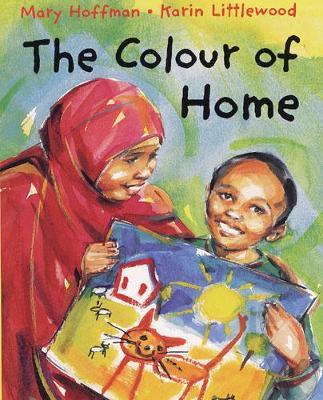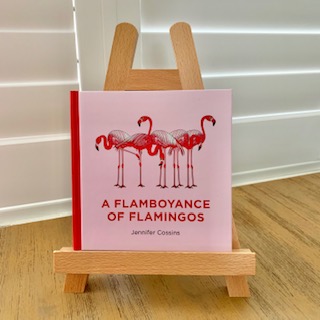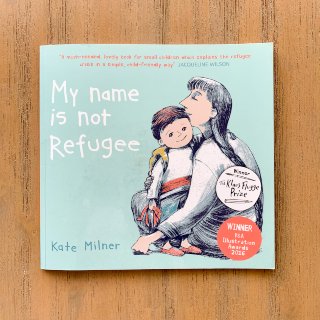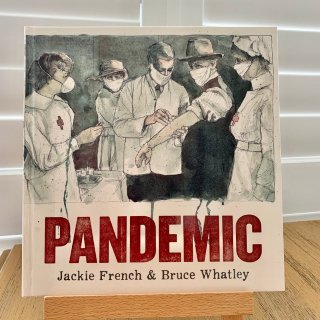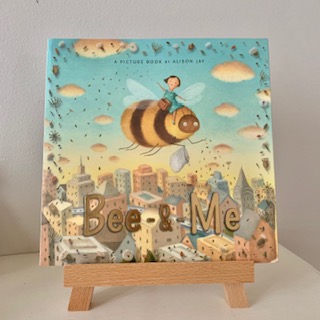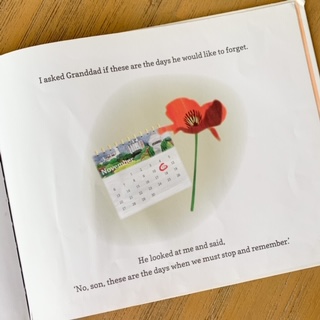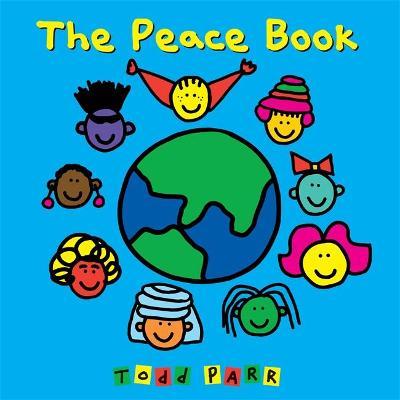The Colour of Home
Free lesson plan, writing template and printable word-search puzzles for kids
Best suited to:
Years 1 – 6
KLAs covered:
English (visual literacy), PDH (empathy), geography
Learning:
- what is a refugee?
- why and how people become refugees;
- the journey of refugees: what happens when people leave their homes and seek safety in another country;
- how it feels to leave home and become a refugee in another country;
- the memory of very difficult experiences (trauma) can be stuck inside a person and they may be unable to talk about it. Finding a way to tell someone about it helps them heal;
- people who have experienced trauma may be able to tell their stories through art, even if they are unable to speak about them;
Need to know:
- this is the story of a little boy called Hassan who has escaped Somalia with his family to find refuge in England;
- the story is told in a straightforward narrative from Hassan’s point of view;
- Hassan feels out of place in his new country which appears to him to be very cold and grey;
- the story of how his family escaped Somalia is trapped inside Hassan, too terrible to be talked about, until one day at school when he paints a picture showing his colourful Somalian home, covered with the harsh colours of war from which his family has fled;
- as Hassan paints, the scenes of his homeland are shown on each page so we see what his life was like in Somlia;
- with the help of a translator, Hassan tells his teacher about his family’s terrifying experiences in Somalia and their voyage from Mogadishu to Mombasa, then to the refugee camp and on to England;
- after telling his story, Hassan paints a new picture of his home in Somalia, with bright colours and no memories of the war;
- when his father puts his new painting up on the wall, Hassan notices the maroon prayer mat, a bright green cushion and his sister’s pink dress, signalling that he has begun to heal and to notice the colours in his new home;
Discussion Questions (before reading):
- read the title and discuss the cover: what do you see? What do you think the story will be about? Who do you think the people on the cover are? How would you describe the illustrations and their style?
- tell the children that this story is about a little boy who left Somalia with his family as a refugee;
- discuss the word refugee. What does it mean? (someone who has to leave their home because they are not safe there);
- discuss the word refuge (a safe place; shelter or protection from danger or distress). Discuss the relationship between the words refugee and refuge;
- ask the children what they know about Somalia (has been involved in an ongoing civil war since the 1980s);
- look at a globe or a world map together and find Somalia. Which continent is it on? Show the children the distance between Somalia and the country they live in and discuss briefly;
- introduce the words Quran (the most important book in the Muslim religion) and hijab (a head covering worn in public by some Muslim women);
While reading:
As you read, ask the children to look at Hassan’s face and imagine how he might be feeling. Do his feelings change as the story progresses? How and why?
Discussion Questions (after reading):
- what did you think about the story?
- can you imagine having to leave your home, your friends and your country. How would you feel? What would you take?
- turn to the first and second double-page spreads and ask the children: what are some of the things that happened to Hassan on his first day at school? (he had to stay inside for most of the day; he didn’t know what lunch was; couldn’t understand what people were saying; didn’t know how to paint a picture). How do you think Hassan felt? (tired, sad, confused, scared, lonely, etc). Write the children’s responses on the classroom’s whiteboard;
- how did Hassan paint his first painting? (painted his home and family in bright, happy colours first; he then paints a man with a gun, flames, etc over the painting in harsh colours). Why do you think he did this?
- why do you think Miss Kelly invited the translator to come to help Hassan after she saw his first painting?
- Hassan says his family stayed in a camp where people stole things and his mother lost all her jewellery. What kind of camp was this? Why might they have had to stay there? Why do you think people might have stolen things in the camp?
- why did Miss Kelly have tears in her eyes after she heard Hassan’s story?
- how do you think Hassan felt after he had told his story to the translator and Miss Kelly? (happier). What happened in the story to make you think that? (he asked to paint another picture; he played football with Jake; he is smiling in the illustration);
- how was Hassan’s new picture different from the first one he painted? Why was it different? (having told his story and allowed the scary, sad memories out of his body and mind, he was able to remember the good, happy things about his home);
- on the last two pages, Hassan notices the colours in his new home. How has he changed from the beginning of the story? (at the beginning he thought England and his new home was grey and gloomy; now he is able to notice that his new home also has bright, happy colours);
- what are some things you learned from the story?
Activities
Years 1 – 4
- discuss the emotion words you wrote on the classroom whiteboard. Ask the children to draw a picture of Hassan and what was happening in one part of the story. Children describe what was happening and how they think Hassan felt;
- children draw and write about their favourite part of the story;
- children write about how they felt when listening to the story and illustrate their work. What part of the story made them feel that way? Why?
- children re-tell the story;
- children write a book review of the book, mentioning the name of the author/illustrator, summarising the story and explaining what they liked and didn’t like about it;
- children imagine they are Hassan and are writing a letter to a friend back in Somalia about their experiences. What was their journey to England like? Who did they leave with? How did they feel at various times during the journey? How do they feel about school?
Years 5 – 6
- children imagine they are Hassan and are writing a letter to a friend back in Somalia about their experiences. What was their journey to England like? Who did they leave with? How did they feel at various times during the journey? How do they feel about school?
- children research Somalia and the conflict there;
Your free, printable word-search puzzles and writing template
These free, printable word-search puzzles for kids are great for building and reinforcing the vocabulary used when discussing The Colour of Home. They’re especially helpful for EAL/D students.
There are three different puzzles in this file to enable you to differentiate the activity according to the learning needs of your students.
Download and print our free writing template for use with the picture book The Colour of Home here (PDF).

